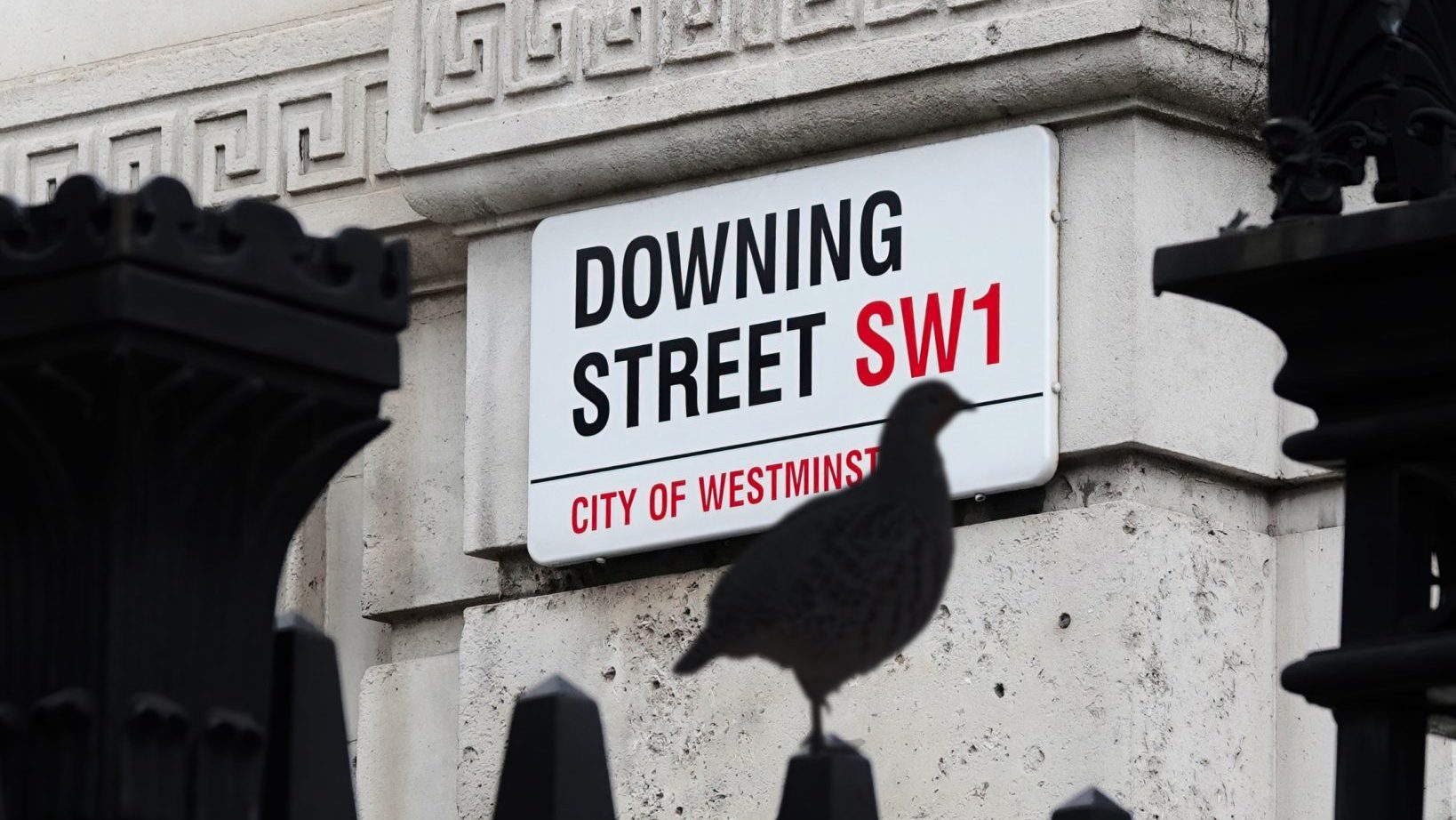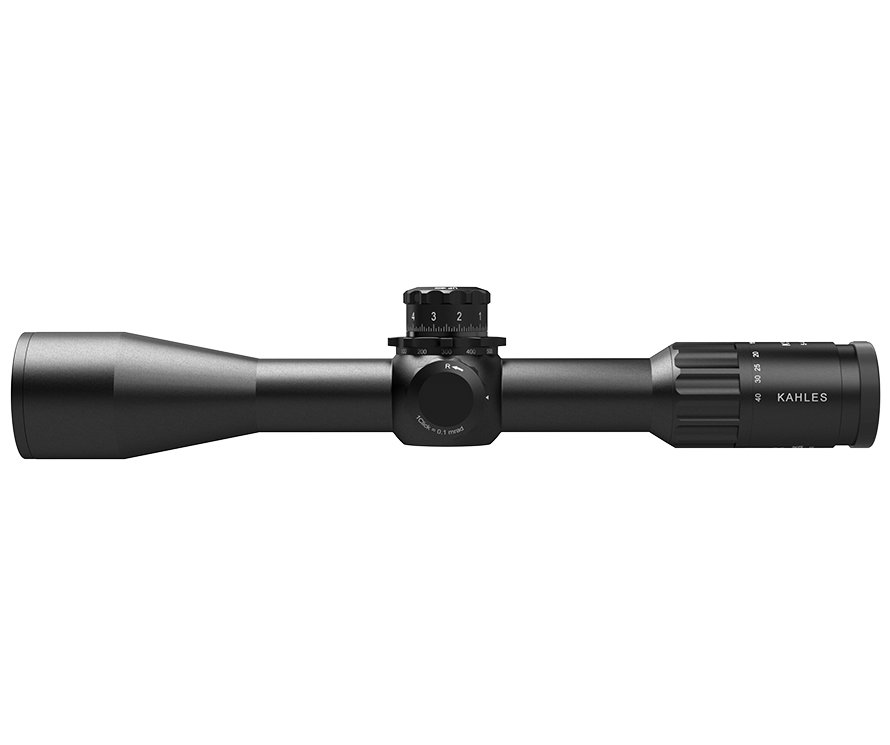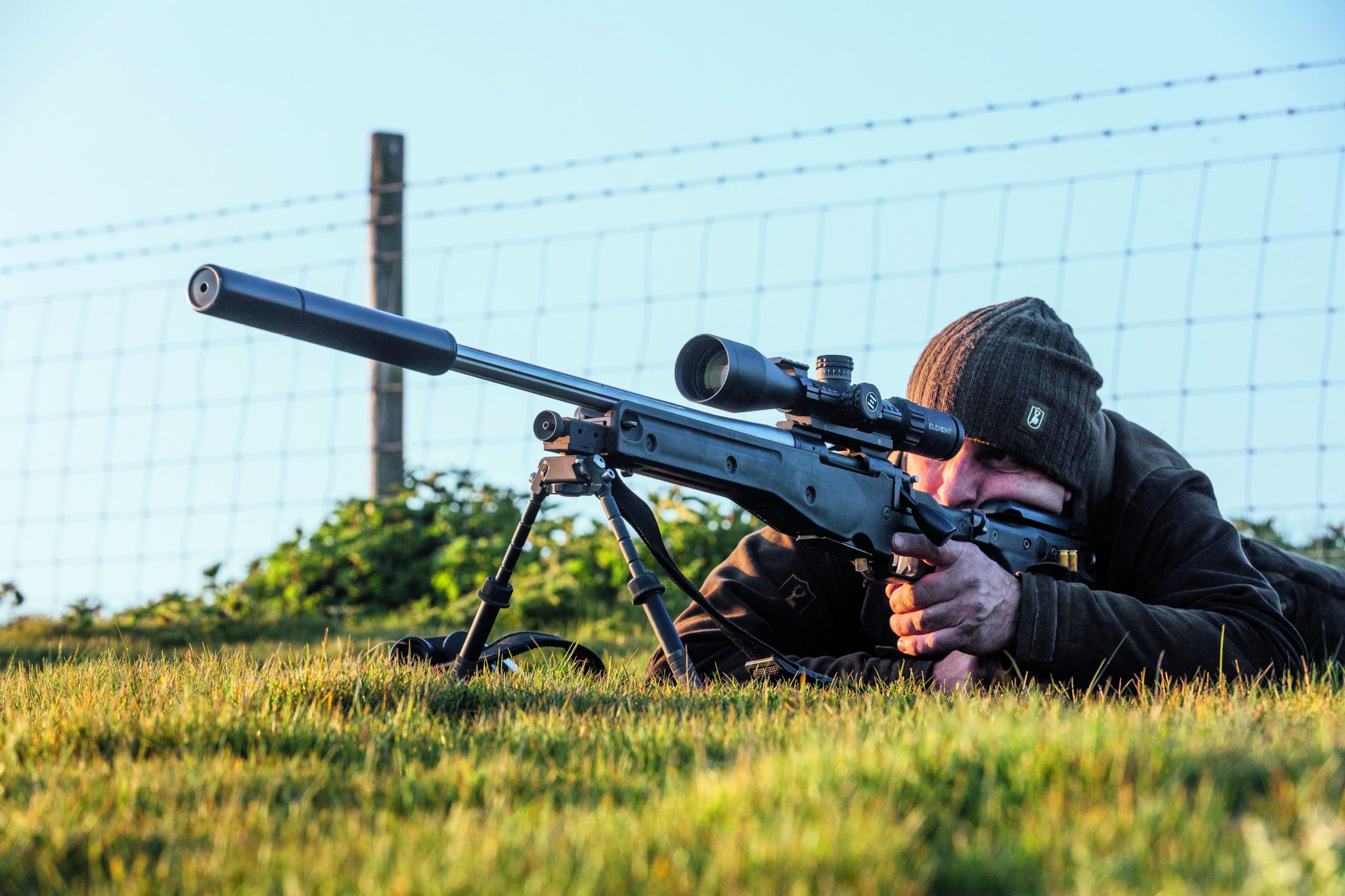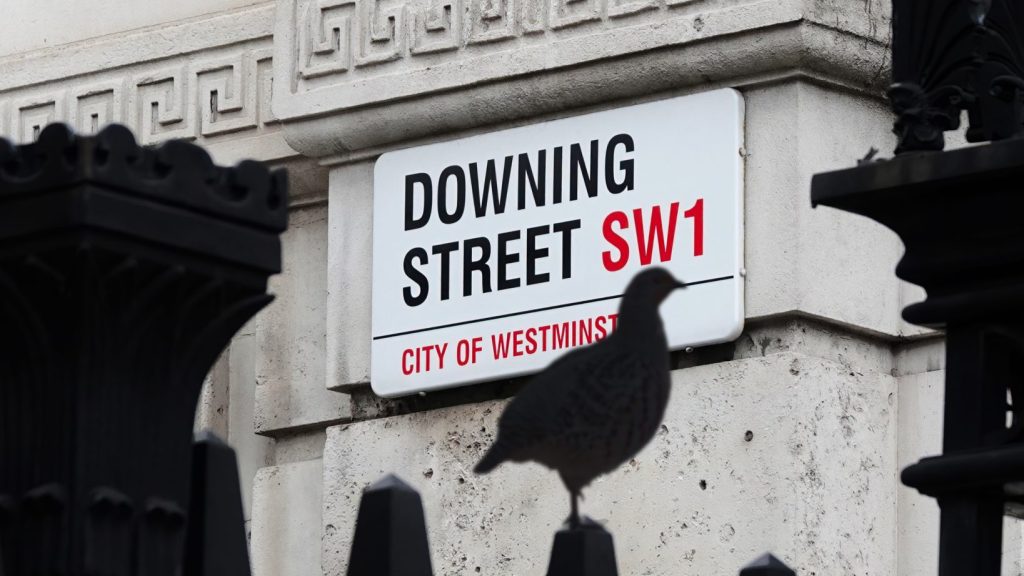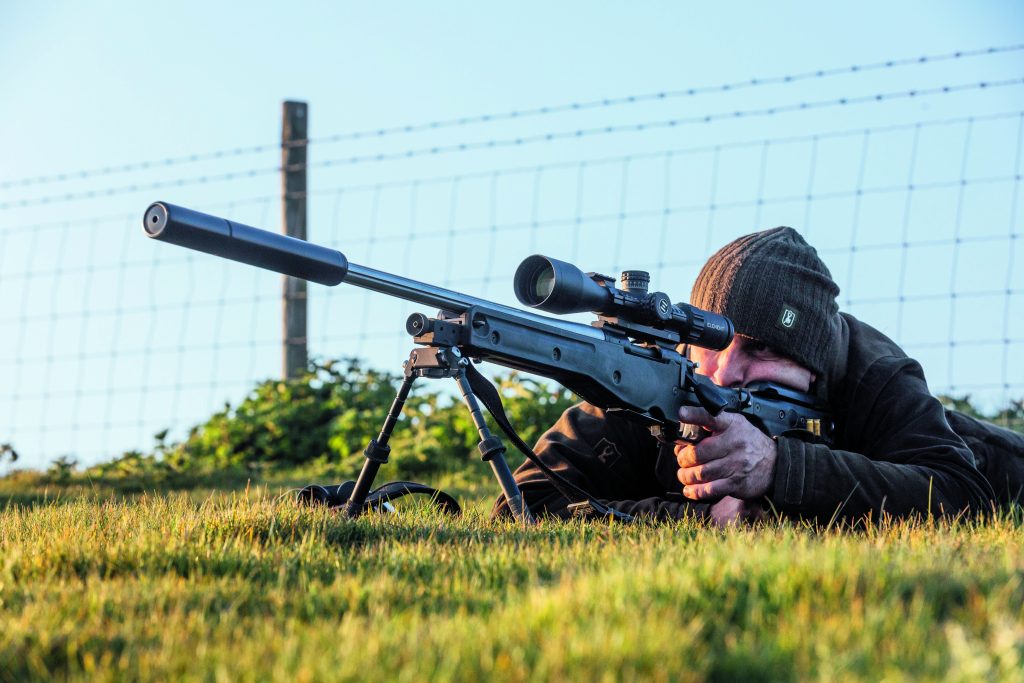News
What’s the best way to call deer?
Watching a rutting buck out in the field, I saw him respond when I was calling, but lose interest when I stopped. Would it be better to continue calling until an animal turns up?
Would you like to speak to our readers? We offer sponsored articles and advertising to put you in front of our audience. Find out more.I have been taught that there should be an interval between making calls such as the fawn squeak. However, watching a rutting buck out in the field, I saw him respond when I was calling, but lose interest when I stopped. Would it be better to continue calling until an animal turns up?
The call-and-wait technique is widely accepted and generally has proved successful. The idea is to start quietly, in case a buck is lying close by, then by degrees call more loudly, varying the tone, but staying still between each session for several minutes. However, I can recall a number of occasions when a buck has lost interest, just as you describe.
A team of Swedish stalkers has recently been filming the roe rut in England, employing a new design of call. They were very successful using continuous, rather than spaced, calling. However, this was early in the rut and the bucks called were mostly young. A cautious buck might be alerted if, as he approached, repeated calling failed to be so convincing at shorter range, or was not accompanied by a waft of a does pheromones, for example. Bucks often circle to get the wind.
It is possible that old stagers might need a more refined technique before they are completely deceived, but there is a lot about calling which remains a mystery.
Related articles
News
Anti-grouse shooting petition crushed by MPs who don't even shoot
Wild Justice's petition to ban driven grouse shooting was quashed in Westminster Hall yesterday, with all but one MP opposing the ban
By Time Well Spent
News
A sound decision as moderators to be taken off licences
The Government has finally confirmed what the shooting community has long argued – that sound moderators should be removed from firearms licensing controls
By Time Well Spent
Manage Consent
To provide the best experiences, we use technologies like cookies to store and/or access device information. Consenting to these technologies will allow us to process data such as browsing behavior or unique IDs on this site. Not consenting or withdrawing consent, may adversely affect certain features and functions.
Functional Always active
The technical storage or access is strictly necessary for the legitimate purpose of enabling the use of a specific service explicitly requested by the subscriber or user, or for the sole purpose of carrying out the transmission of a communication over an electronic communications network.
Preferences
The technical storage or access is necessary for the legitimate purpose of storing preferences that are not requested by the subscriber or user.
Statistics
The technical storage or access that is used exclusively for statistical purposes.
The technical storage or access that is used exclusively for anonymous statistical purposes. Without a subpoena, voluntary compliance on the part of your Internet Service Provider, or additional records from a third party, information stored or retrieved for this purpose alone cannot usually be used to identify you.
Marketing
The technical storage or access is required to create user profiles to send advertising, or to track the user on a website or across several websites for similar marketing purposes.

